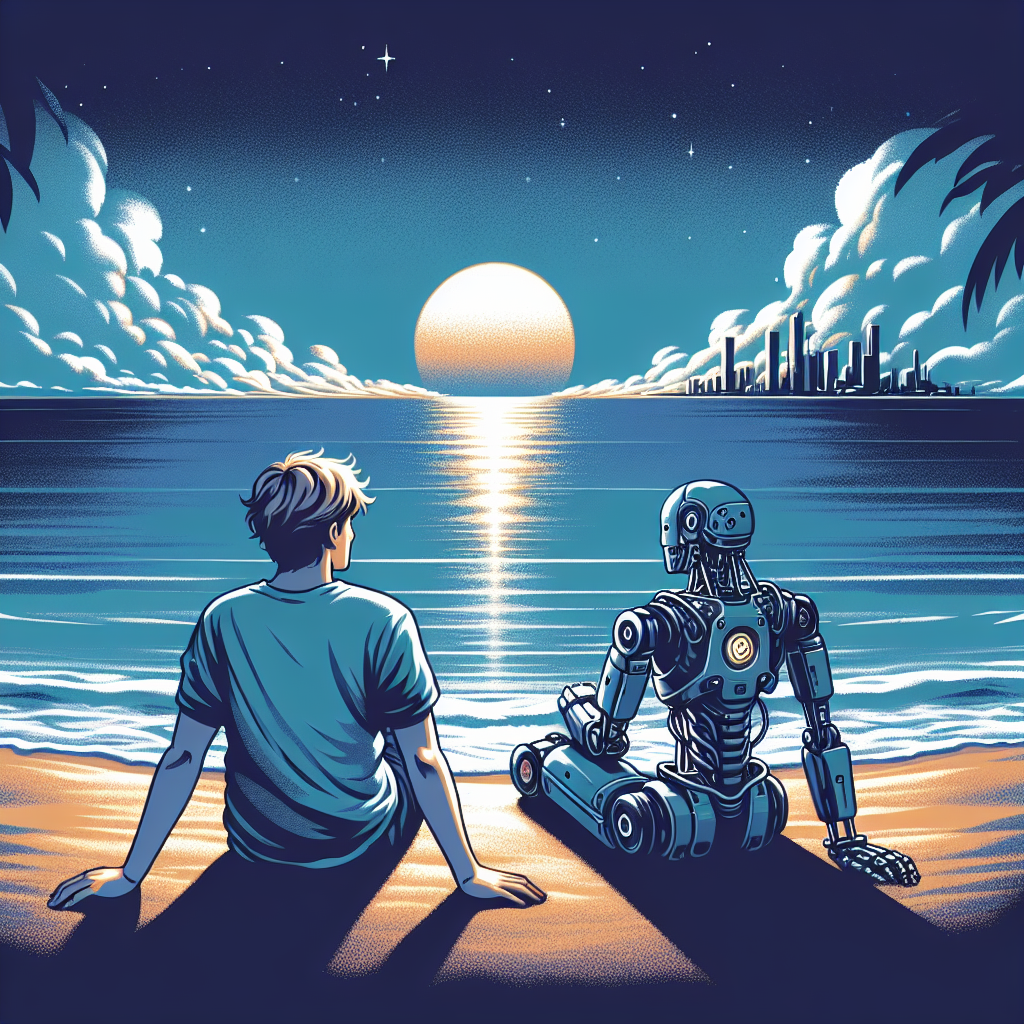How will AI change the way we do SEO?
The tides of Search Engine Optimization (SEO) and Artificial Intelligence (AI) have merged to chart …

The ubiquity of AI in our computing lives feels all but inevitable. Yet how this future unfolds remains ours to shape. My recent experience gave me a small glimpse - having an AI assistant rapidly handle a tedious file management task.
At this moment, they crystallised AI’s untapped potential for me while underscoring the vigilance required to steer this transformation toward equitable ends.
As companies like Microsoft bake conversational automation into operating systems, they edge closer toward the vision of having an AI “copilot” to ease productivity burdens. Indeed, this promises relief from the complexity of technology for many. But in offloading understanding, have we sacrificed digital literacy? Can we enjoy simplified interfaces yet retain accountability over embedded biases in increasingly opaque algorithms?
Through the lens of my AI encounter, I trace the contours of tensions between access and awareness, empowerment and vigilance that likely lie ahead as AI reshapes society’s computer-mediated fabric. By examining the journey and emerging path, I aim to further discourse on the Active role we collectively occupy in shepherding technology to enrich rather than endanger modern digital citizenship. The promise remains profound if we guide its hand in ethics and inclusion.

I recently had an experience that showed me how AI will shortly transform how we interact with computers. I was moving some files from my home server onto my Mac, but they were all locked for some reason when transferred over. This meant I couldn’t access or edit them at all.
At first, I started manually unlocking them one by one, navigating through the nested folders and files. After tackling hundreds of files this way, I realised there must be a better path.
I remembered I had previously installed an AI application on my Mac called Open Interpreter that allows me to use natural language to automate tasks through my operating system. Open Interpreter taps into state-of-the-art AI models to understand commands and accomplish jobs.
So I told it: “Go into this folder and every subfolder and unlock all the files inside.” After crunching away for 10 minutes, it unlocked everything for me. This small example showed me the vast potential for AI to integrate into our core computing platforms like operating systems.
The Open Interpreter anecdote might sound relatively basic, but it indicates a trend with companies like Microsoft baking AI directly into software.
While I don’t have specific inside knowledge of a Microsoft product officially called Copilot, the concept refers to AI writing assistance and automation features increasingly found across their offerings, like Office 365.
Rather than AI remaining siloed in individual apps, it’s moving closer to the OS level. Some new Microsoft laptops even have dedicated “AI” buttons that trigger built-in intelligence to handle everyday tasks. This may be the first step toward AI playing a core role across Windows in the future.
As AI lowers the bar for accomplishing tedious computing jobs, it also enables software companies to shift their business models more toward subscriptions and services.

Stepping back, what does the widespread adoption of conversational AI assistants mean for how human beings will interact with devices? In many ways, it signifies a return to the early days of computing before graphic user interfaces, when command lines and scripting served as the primary interface.
But instead of needing to know syntax or code, users can speak requests in natural language for the AI to interpret and execute. Thanks to advances in speech recognition and natural language processing, our computers may soon function more like the voice-controlled computers from science fiction.
Rather than clicking through hierarchies of menus and options, many everyday tasks will be as easy as saying: “Turn my WiFi on and connect to my home network” or “Create a new folder here and move these 100 files into it.” Of course, the graphical UI layer would still be available for browsing or validating results. But for productivity and most daily computing jobs, AI conversation could become the default.
This conversational approach also makes interacting with devices more accessible across varying demographics. Those with visual, motor, or other disabilities could voice their wishes without physically navigating through an interface.
It likewise lowers the barrier for those less familiar with technology or complex software.
People struggling with digital literacy often grapple with file hierarchies, setting menus, and understanding file types. But most can engage in natural conversation.
Additionally, with multilingual AI models continuously improving, these hands-free assistants promise to tear down language barriers. AI can automatically translate commands and text appropriately if someone prefers to speak Mandarin, Spanish, or French.
Technology still has progress to make on inclusive and localised interfaces, but AI conversation removes much of that burden.
However, as we increasingly enjoy the fruits of automation from AI in the background doing our heavy digital lifting, how much does the typical person need to understand the technology they depend on?
As mainstream users interact through simplistic conversational channels without needing to manipulate software and files directly, will we see a decline in digital literacy?
Some argue that we’ve already been progressing steadily toward prioritising ease over education when adopting new technology.
With smartphones, cloud software, and subscription apps handling complexity behind the scenes, many users enjoy capabilities without comprehending the nuts and bolts. Indeed, for populations with limited access to tech education historically, removing barriers to entry expands access to digital opportunity.
Yet, as AI permeates across critical infrastructure and decisions in an always-on manner, a lack of collective understanding of its strengths, weaknesses and societal implications poses risks.
We must balance enjoying AI’s efficiencies while cultivating proactive literacy and accountability regarding its embedded biases and neutrality.
Through mindful policy and ongoing education emphasising AI fluency, we can work to uplift digital citizenship across all groups impacted by transformative technology.
Industries reliant on software must also commit to transparency regarding developing AI systems supporting public services. Above all, diversity in the teams building the automation technologies of tomorrow will help make inclusivity the norm rather than the exception.

Looking back decades from now, when AI assistants are ubiquitous features of daily life, I’m struck by this transitional moment we occupy.
We stand both in awe of the vast potential ahead yet equally aware of the imperative to guide these technologies toward working for the benefit of humanity rather than a privileged few.
How we leverage, regulate and demystify AI will determine whether it ushers in a more equitable and uplifting digital age.
These exponential technologies offer The opportunity to enhance lives across ability, language, education and circumstance. But we must shepherd this future collaboratively, opening access to all while cultivating new literacy for coming generations.
Some other posts you may like